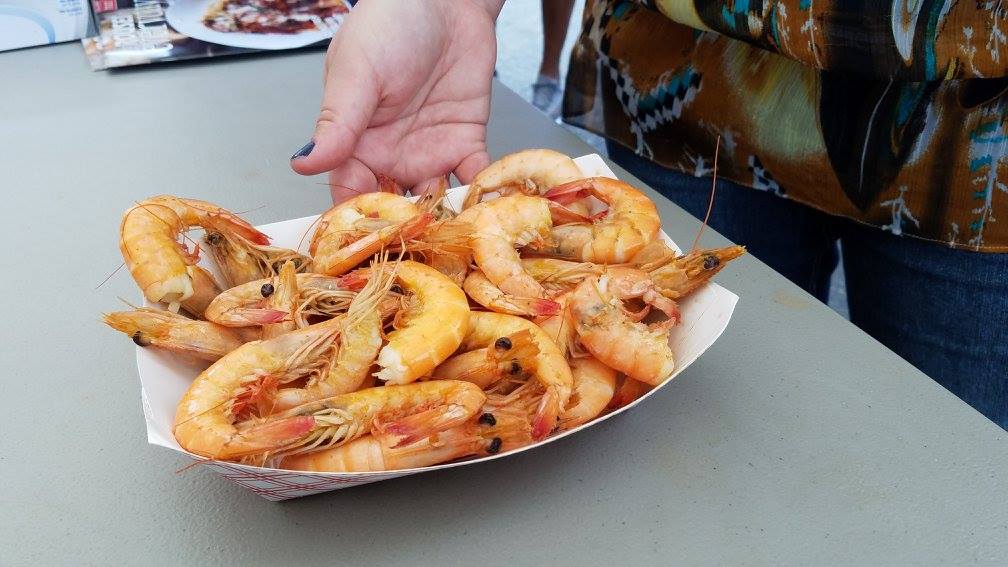With the 46th National Shrimp Festival coming up Oct. 12-15, it’s a good time to talk about the Alabama seafood industry.
Shrimping in state waters became industrialized in the early 1800s when shrimp were preserved with ice and distributed throughout the state by train. Today, thousands of people are still involved in the process of catching, processing and transporting shrimp.
Alabama seafood is now a $660 million industry involving the harvest of shrimp, blue crab, oysters and a variety of fish. When you buy Gulf seafood, you’re not getting chemicals and contaminants from overseas or other places seafood is raised, said Chris Blankenship, then-Deputy Commissioner of the Alabama Department of Conservation and Natural Resources.
“We want our consumers in Alabama to get good, quality seafood,” Blankenship said. “That’s why it’s so important to ask where your seafood comes from, to make sure you’re getting local product.”
Don’t be shy. Go ahead and ask at a restaurant or grocery store where the seafood comes from. They have to tell you, Blankenship said.
Some surveys show as much as 30 percent of shrimp products in the U.S. are mislabeled to try to pass off inferior products. So, you need to establish trust with your seafood provider. Tracing programs like Gulf Wild and Fish Trax allow you to type in a tracking number to see where the seafood was harvested.
Enjoy the Shrimp Festival, and pick up some locally-caught seafood at one of our local markets. You get a better quality product and support local workers.



Leave A Comment